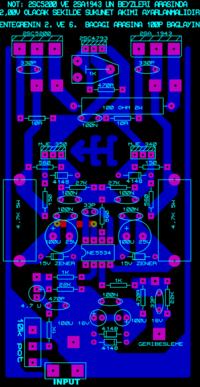c_mitra
Advanced Member level 6
Are your answers in this post a joke?
Yes.
I did not learn electronics as a proper course (unlike many of you) and I picked it up as a hobby as I grew up. I can figure out, many times correctly, how many young students, who have skipped a couple of classes, feel and often get lost. I hope you will agree that most circuit diagrams do not explain the functioning or operation of the circuit the way you have done. It is easy to get lost.

